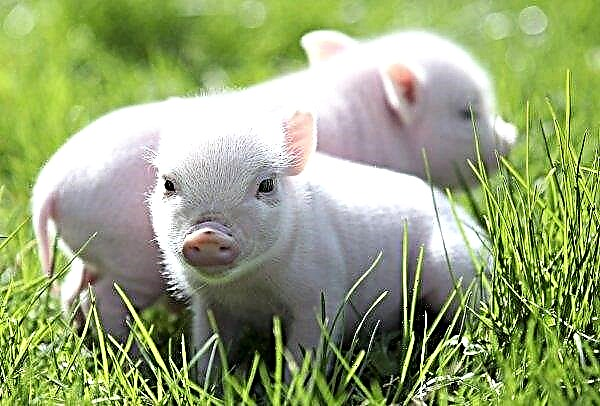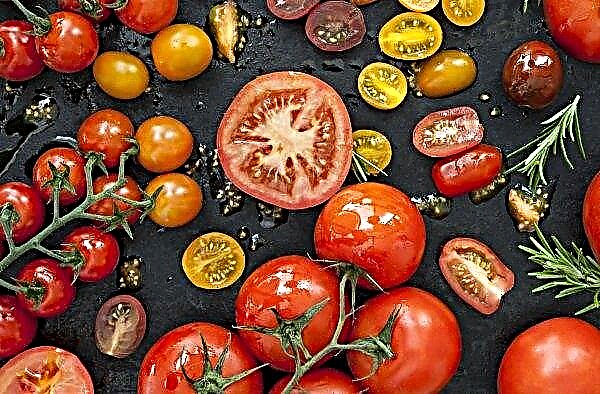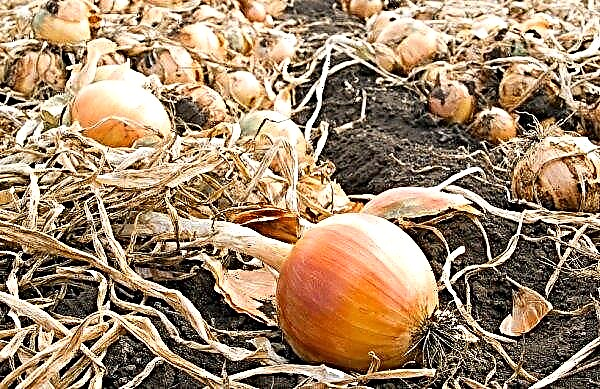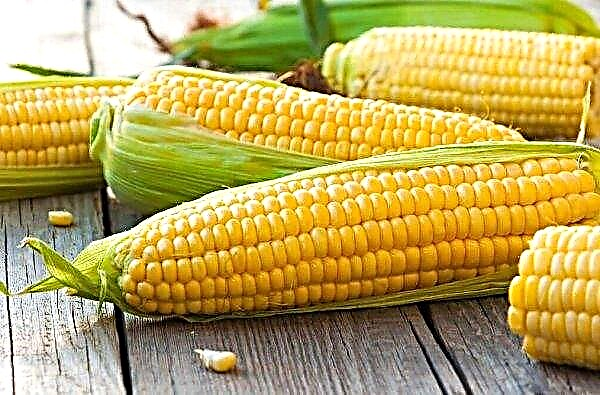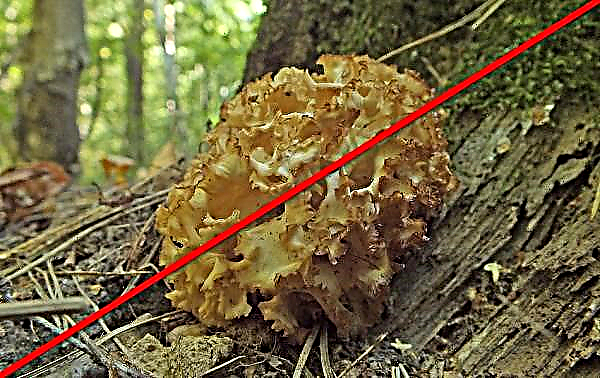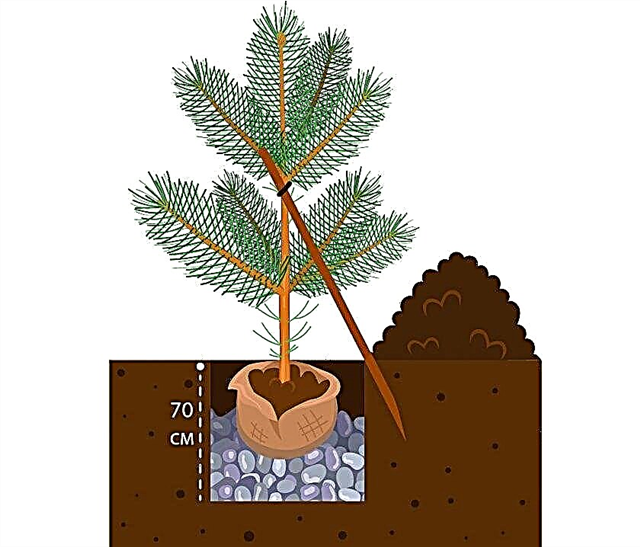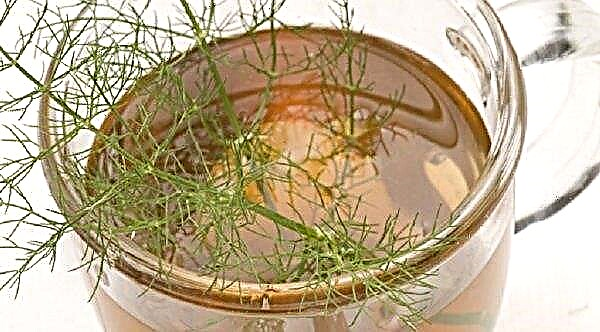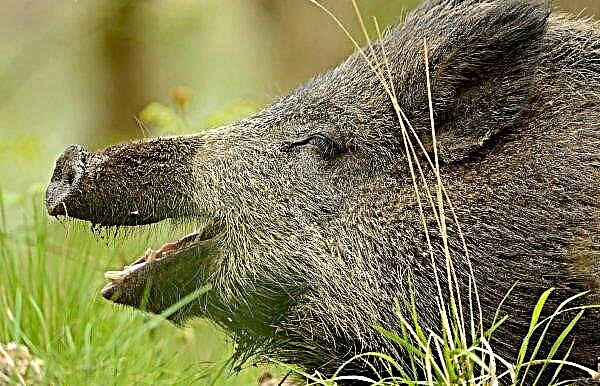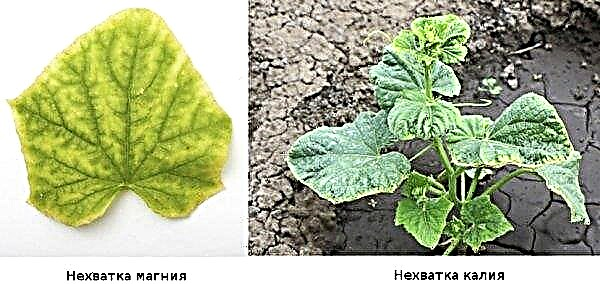Among the early high-yielding hybrid varieties of cucumbers, Pasamonte f1 is very popular. It is recommended to grow on personal plots or small farms. The cucumber hybrid is endowed with many positive qualities, which are described in more detail in the article.
Characterization and description of the variety
Pasamonte was bred by the Dutch agrarian firm Syngenta. Introduced to the State Register of the Russian Federation in 1997 in the Central and Middle Volga regions. It belongs to parthenocarpic varieties of gherkin type, that is, it does not need pollination and forms one-dimensional small cucumbers. Fruits can be grown both in open and in closed ground.
Important! The main feature of Pasamonte cucumbers is that after ripening, the fruits stop growing and eventually only become tastier.
Botanical description of the bush and fruits
Bushes are strong enough, medium branching. The leaves are large, green, slightly corrugated. A large number of ovaries are formed. In each leaf sinus, 2-3 ovaries develop in the form of a bundle. The flowers are female. Fruits are cylindrical, tuberous, covered with white spikes. The length of the vegetables is 6–9 cm, the weight varies from 70 g to 120 g. The skin is dark green with light stripes. The seeds are small. The pulp is hard, crispy, pleasant to taste, without bitterness.
Fruits are cylindrical, tuberous, covered with white spikes. The length of the vegetables is 6–9 cm, the weight varies from 70 g to 120 g. The skin is dark green with light stripes. The seeds are small. The pulp is hard, crispy, pleasant to taste, without bitterness.
Fruitfulness
Pasamonte cucumbers bear fruit for a long time, until late autumn. Subject to proper care of the bushes, they can produce from 12 to 15 kg of crop from 1 m². The output of marketable products is 94–98%.
Did you know? In nature, there is a mad cucumber that is not eaten. During overriding, it separates from the stem and, under the influence of gas and mucus accumulated inside, begins to rotate strongly, scattering seeds around itself at a distance of up to 20 m.
The timing of flowering and fruit ripening
The flowering period of parthenocarpic cucumbers begins when the weather stabilizes and the air temperature warms up to +18 ... + 21 ° С. Fruits ripen 40–42 days after planting. Pasamonte F1 cucumber has high yields. From one hectare you can collect up to 330 centners
Pasamonte F1 cucumber has high yields. From one hectare you can collect up to 330 centners
Pros and cons of the variety
- The Pasamonte variety of cucumbers has the following positive qualities:
- resistant to major diseases characteristic of a vegetable crop;
- the fruits do not outgrow;
- the variety does not require pollination;
- excellent nutritional performance;
- universal application, especially suitable for salting;
- prolonged fruiting;
- not picky about leaving;
- good presentation.
- The disadvantages include:
- susceptibility to downy mildew and bacteriosis;
- the need to fix the plant to the support.
Sowing and agricultural cultivation
Pasamonte variety is intended for planting in open ground or in greenhouses, using seedlings or, directly, by seeds. The main requirements for the optimal cultivation of cucumbers are:
- loose, light soil, rich in nutrients, loamy or sandy loam, without stagnation of water;
- night air temperature should not be lower than + 15 ° С;
- the predecessors of cucumbers in the garden can be: potatoes, tomatoes, cabbage, legumes;
- the land is cleared in advance (best for winter) from garbage and weeds, deeply dug up, fertilized with manure (6–9 kg per 1 m²), wood ash (200 g per 1 m²) or mineral fertilizers.
Did you know? Cucumber "Discovered" more than 6 thousand years ago, and his homeland is India and the Himalayas.
To grow seedlings you need:
- to disinfect seeds in a weak solution of potassium permanganate (25-30 minutes);
- Rinse the seed with water and soak, wrapping in a moistened cloth for 1 day;
- to accelerate germination, you can use a growth stimulator;
- harden the seeds by placing them on the lower shelf of the refrigerator for two days;
- seeds can be planted in separate containers (peat glass, tablet) for convenient transplanting into the ground;
- seedlings should germinate at a temperature of + 27 ° C, after the appearance of the first leaves the temperature should be reduced to +21 ... + 23 ° C;
- seedlings can be transplanted into the soil after the appearance of 3-5 true leaves, after hardening it for 7 days in a cooler room or outdoors.
 If the seeds are sown directly in the ground, then it is also desirable to sprout, harden and plant them in well-heated soil (+ 15 ° С)
If the seeds are sown directly in the ground, then it is also desirable to sprout, harden and plant them in well-heated soil (+ 15 ° С)In the open ground
Pasamonte variety is planted in the garden in the second half of May, when the air temperature rises to + 17 ° С at night, and during the day to + 20 ° С. The place should be bright, sunny, calm. The scheme of sowing or planting on the bed is that it is recommended to plant 3 to 4 plants per 1 m², the sowing depth is 1.5–2 cm.
In the greenhouse
The scheme for planting cucumbers in greenhouses is that between the bushes you need to leave a distance of 30–35 cm, and between rows - 60 cm. The temperature in the room should not be lower than + 15 ° С. The greenhouse should be well ventilated, but there should be no drafts in it. Land for landing must be prepared in advance: dig, fertilize.
Video: planting cucumbers in a greenhouse
Care Features
Caring for cucumbers is not very difficult. But to improve the quality and quantity of the crop, it is recommended to pay attention to regular watering, fertilizing and weeding, loosening the soil.
Important! It is necessary to collect cucumbers from bushes in a timely and regular manner, since this process extends the fruiting period and improves the quality of the fruit.
Watering and fertilizing
Pasamonte cucumbers need regular watering and fertilizing. It is advisable to water the plants before flowering once a week, during fruiting - after 2-3 days, using warm, settled water. Feeding is recommended to be applied every 2 weeks, alternating organic and mineral fertilizers and following an approximate scheme:
Feeding is recommended to be applied every 2 weeks, alternating organic and mineral fertilizers and following an approximate scheme:
- the first top dressing is carried out before flowering begins. For this, 1 tbsp. a spoon of urea and 60 g of superphosphate are diluted in a bucket of water;
- the second fertilizer event is held during the flowering period, by introducing into the ground 1 cup of wood ash, carefully mixed in 10 l of water;
- the third - when bushes are actively beginning to bear fruit. Here you can use 1 tbsp. a spoonful of nitrophoska or 1 liter of manure per 10 liters of water;
- fourth - designed to extend the fruiting period and consists of 4 tsp baking soda or 1 cup of wood ash in 1 bucket of water.
- whiteflies - insects that feed on the sap of plants cause great damage to the crop, as a result of which the cucumber bushes weaken and dry. You can fight them with a tincture of garlic (pour 100 g of chopped garlic in 0.5 l of water, infuse for 5 days, dilute in water in a ratio of 5 g of tincture per 1 l of water), Actellik preparations (2 ml per 2 l of water) , "Fufanon" (5 ml per 5 l of water), "Confidor" (1 g per 10 l of water), etc .;
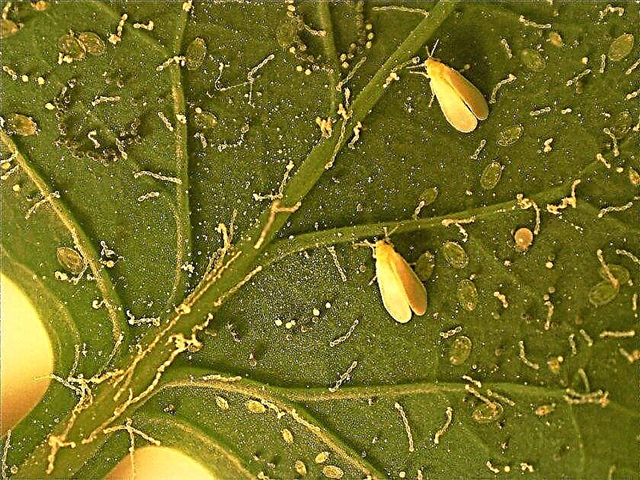
- gall nematodes - pests that devour the root of the plant and destroy a large number of crops. In preventive measures, you need to adhere to crop rotation, dig the ground, burn the affected plants. Chemicals that counteract nematodes include: “Metarizine” (500 ml per 10 liters of water), “Phytochit”, “Pecilomycin”;

- downy mildew - A fungal disease that occurs as light spots appear on leaves or stems that darken from time to time, as a result of which the plant dies. Most often, greenhouse cucumbers are affected. The most effective means are Profit (6 g per 5–10 l of water) and Ridomil Gold (25 g per 5–6 l of water), you can use onion husk infusion (pour 250–300 g of husk into 10 l of water, insist 2-3 days);

- bacteriosis - A disease that develops during high humidity and causes rotting of the bushes. It can completely destroy the entire crop. To avoid this, it is necessary to regularly ventilate the greenhouses, loosen the soil, and prevent its overmoistening. You can also use the drugs "Ridomil Gold", "Metaxil" (25 g per 5 l of water), "Ethafol" - (10-20 g per 10 l of water);

- gray rot - affects the plant and the fruits of cucumbers in the form of a gray coating, which leads to rotting and death of the bushes. Effective methods of control are Bordeaux liquid (20 g per 5 l of water), chalk and water solution (1: 1 ratio), Rovral preparation (1% solution), Khom (40 g per 10 l of water), Bayleton "(1 g per 1 liter of water).


Garter and bush formation
Bushes of Pasamonte cucumbers are vigorous, so they need to be tied vertically to the trellis and to form plants in one stalk. After 3-5 real leaves appear on the main stem, all shoots and buds must be removed from the sinuses. This procedure helps to get rid of the ovaries that inhibit the development of the plant. Later, the borage will form fruits on the main stem. Further, when the main shoot reaches the upper lath of the trellis, it must be wound horizontally around the support. After the appearance of 2-3 lateral shoots, the main stem is pinched. The most extreme stepchildren must be directed down the trellis and pinched at a distance of 1 m from the ground.
Later, the borage will form fruits on the main stem. Further, when the main shoot reaches the upper lath of the trellis, it must be wound horizontally around the support. After the appearance of 2-3 lateral shoots, the main stem is pinched. The most extreme stepchildren must be directed down the trellis and pinched at a distance of 1 m from the ground.
Video: the formation of cucumbers
Soil care
Very important measures for the care of cucumbers are loosening and weeding the soil. They need to be carried out regularly, after each irrigation or rain, to provide plants with oxygen access to the root system, as well as to avoid stagnation of water in the ground. It is recommended to mulch the root zone of cucumbers, due to which, during a drought, the necessary moisture from the earth will not evaporate.
Pest and Disease Control
Pasamonte variety resists powdery mildew, cucumber mosaic virus, brown spotting, but unstable to diseases and pests such as:
Using any chemical agents in the fight against pests and diseases, you must always follow the instructions for their use.
Harvesting and storage
It is very important for the Pasamonte variety to collect cucumbers on time and at least 2 times a week, thanks to which the quality of the fruit will only increase and the fruiting period will last. The first crop can be removed from cucumber lashes on 40–42 days after planting the crop in the ground. Shelf life of vegetables is 10 days without loss of food and commercial qualities. Keep them recommended in a dry, cool place or in the refrigerator. Recently, parthenocarpic varieties of cucumbers, including Pasamonte, are becoming increasingly popular among professional gardeners and beginners. The hybrid is resistant to disease, unpretentious in care, abundant fruiting, cucumbers have a good taste and are widely used in cooking.
Recently, parthenocarpic varieties of cucumbers, including Pasamonte, are becoming increasingly popular among professional gardeners and beginners. The hybrid is resistant to disease, unpretentious in care, abundant fruiting, cucumbers have a good taste and are widely used in cooking.






